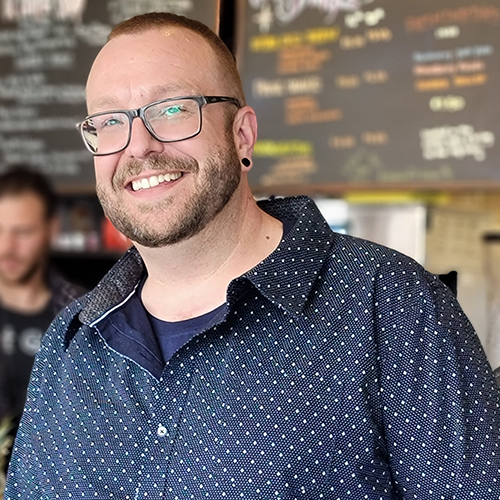This is the story of how humble coffee becomes a world celebrity. It’s not about the Labrador named Coffee Beans attached to the Sheriff’s Department sniffing drugs and bombs. It’s about “the” coffee beans we are familiar with. It’s about the fragrant aroma that stimulates our senses in the morning. We get the tingling sensation when we take the first sip in the morning. How do we get an extra boost of energy whenever we feel tired and sleepy? Let us take some time to ponder the processes the coffee beans have to go through before they can be marketed.
Processing The Coffee Beans
After the coffee berries have been harvested, it needs to undergo a process where the flesh of the coffee berries is removed. The coffee berries are placed in special machines separating the flesh from the seed. This coffee seed is commonly called “coffee beans.” The coffee beans will now undergo a fermentation process for some time. This process is done to remove the slimy mucilage coating the coffee beans.
After the coffee beans have undergone mandatory fermentation, they are thoroughly flushed with clean water. This process removes the foul-smelling residue due to the fermentation process, and the wastewater is a leading cause of pollutants.
The coffee beans are then dried under the sun or by machines until the moisture level is about 10% before being packed for storage.
Another method of getting to the coffee beans without undergoing the fermentation process is to dry the whole berry in the sun. The dried flesh is then physically removed, leaving only the coffee beans. It usually takes about 10 to 14 days to complete the process with the constant raking of the coffee beans to prevent mildew from forming. This method is popular and widely used by coffee producers where water is scarce.
The dried coffee beans are then sorted and graded before being stored or shipped to buyers. At this stage, the coffee bean is called green coffee beans.
Sometimes the coffee beans will undergo an additional aging process. When coffee was first introduced into Europe, the coffee beans underwent a journey of about six months. Europeans have already developed a preference for this taste, and therefore, to simulate the taste, the coffee beans are further aged.
Roasting The Coffee Beans
Roasting is the final process the coffee beans undergo before being commercially marketed. It is also possible to personally purchase un-roasted coffee beans to roast them.
When the coffee beans are subjected to heat, there’s a chemical reaction where the sugar and acid will begin to react, releasing their aroma. The coffee beans will turn darker due to caramelized sucrose. When this happens, the coffee beans are quickly cooled to prevent damage to the coffee beans.
When roasting green coffee beans, much carbon dioxide is released as a by-product. The carbon dioxide helps to “seal” the coffee beans from losing their flavor and aroma. The optimum peak flavor may take some time, depending on how the coffee beans are stored. After reaching its peak, it will start losing its flavor again.
If you are trying to roast your coffee beans at home, be aware that you may not be successful during the first few times. You might over-burn your coffee beans during your first few tries. Never be discouraged, but try until you get the taste and flavor that appeals to you. Remember to process in small amounts to maintain the freshness of your coffee.
Grinding The Coffee Beans
Before the roasted coffee beans can be used, you need to grind the coffee beans first. The coarseness of your coffee depends on your preference and the type of coffee-brewing method. It can range from coarse to very fine, as in the Turkish grind. For example, if you’re using a percolator, a course coffee powder is suitable, but an extra-fine coffee powder is required if you use Espresso machines.
Conclusion
The coffee beans have to undergo a string of processes before being consumed. The final flavor of the coffee depends on the journey the coffee beans take to reach their final form. Different methods and different techniques will give rise to a varied coffee flavor. This is why there are so many flavors to the simple coffee bean.






